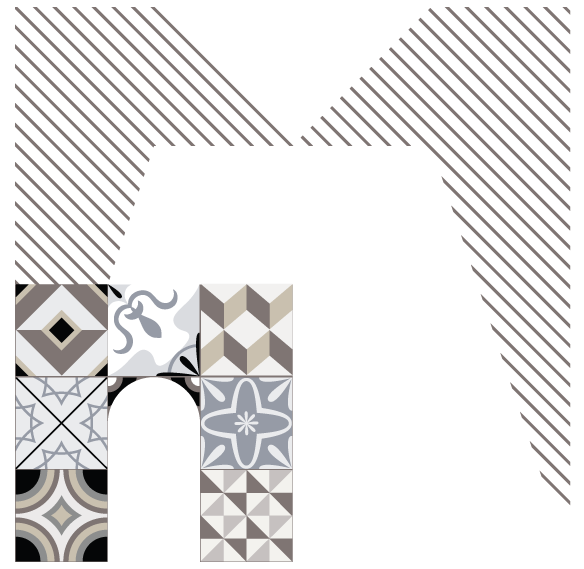Pompeii is one of the most significant proofs of Roman civilization as an open book, providing outstanding information on art, costumes, crafts and everyday life of the past.
The city has emerged from the darkness of centuries just as it would have been when it was suddenly buried in the thick cave of ash and lava bursting with the devastating eruption of Vesuvius. It was the year 79 AD The scale of the tragedy was horrible: in what had been one of the most active and splendid Roman centers, life stopped permanently.
The thick layer of volcanic material that is submerged Pompeii, composed largely of ash and non-hard material lapilli, is different from that of Ercolano which solidifies in extremely hard stone, has caused the city to remain untouched until today , Not only with regard to its buildings, but also with regard to the contents inside the houses and shops, providing an absolutely fascinating picture of “daily life”.
The walls of the houses are covered with electoral propaganda messages or joke jokes addressed to particular citizens.
The signs on the shop doors indicate the activity carried out there or the name of the owner. Alongside the elegant noble villas and luxurious middle class residences, there are modest homes where several families lived.
The peasant houses, on the other hand, are located around gardens or small plot of land. At the margins of the city were brothels, the squalid rooms meant as places of pleasure for sailors and passers-by, in narrow lanes, laboratories and service venues provide further evidence of the daily routine of workers and slaves, as well as The women of the house.

